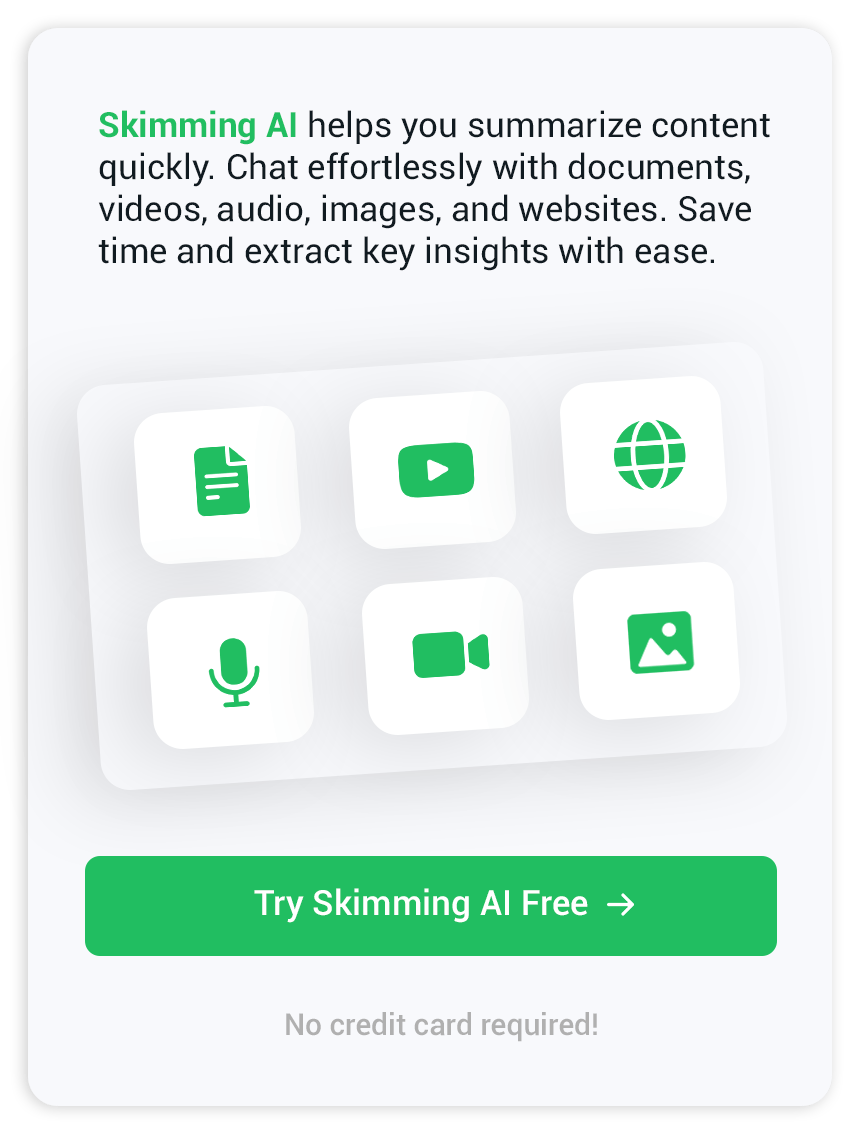Video captioning made easy with fast turnaround and secure uploads
The rise of video captioning technology
If you’ve watched a social media clip or webinar lately, you have probably seen lines of text at the bottom of the screen. Video captioning has turned into an almost default feature, whether it’s a TikTok dance, a how-to guide, or a corporate training session. Captions make content accessible for viewers who are deaf or hard of hearing, but they also benefit people who watch videos with the sound off or in noisy environments. So, as you plan your next project, you might wonder if you should automate video captioning or do it manually.
The strengths and limits of automation
Automated video captioning tools rapidly convert spoken words into on-screen text. With just a file upload or a few clicks, you can get captions on an hour-long video in mere minutes, an experience that manual transcription cannot match. Platforms like YouTube have made automatic captions standard for creators of all sizes. It saves time, and for many projects, it means more content can be captioned without a massive effort.
However, these tools are not perfect. Automated captions can misinterpret strong accents, background noise, technical jargon, or even people speaking over one another. Phrases like “bear with me” might show up as “bare with me,” causing confusion or unintentional humor. Even algorithms trained on thousands of hours of speech sometimes miss the context, which matters if your video includes industry-specific terminology or multiple languages.
When machine and human work together
If you are dealing with content for a professional audience or legal requirement, a human touch is still often needed. Many creators now use automated captioning as a starting point and then review the text, correcting errors, and adding proper punctuation. For example, accessibility guidelines often require accurate speaker identification and descriptions of nonverbal sounds, which most machines do not add. This means you get the speed of automation and the accuracy of a person’s eye.
Choosing the right approach for your content
The decision depends on your audience and intentions. If your video is a casual vlog, automated captions might do the job. For healthcare, education, or any public-facing organization where trust and clarity are vital, consider combining both methods.
Some new tools go beyond basic captions. For instance, you might want to generate short summaries or key takeaways from longer videos. If that fits your workflow, you might try a video summarizer that turns long presentations into readable text you can scan in seconds. This blends accessibility with efficiency and keeps viewers engaged even if they cannot watch the full video.
Where automation fits in your workflow
If you regularly create video content, the benefits of automation become hard to ignore. You save hours, reduce repetitive work, and can reach a wider audience. Meanwhile, for social media clips, especially those shared across several platforms, captioning tools help your videos stand out in feeds where audio might be off by default. If you work with mixed content, such as turning YouTube clips into text or summarizing different media types, exploring chat with YouTube or other solutions can streamline your tasks.
What to expect as technology evolves
Video captioning technology will keep improving, but context and nuance are not always clear-cut for a computer. The most thoughtful results come from combining the output of machines with the careful review of people. For now, viewers still spot the occasional awkward phrase or missing cue. Adding your own review or that of a colleague makes a real difference, especially for content where clarity counts.

